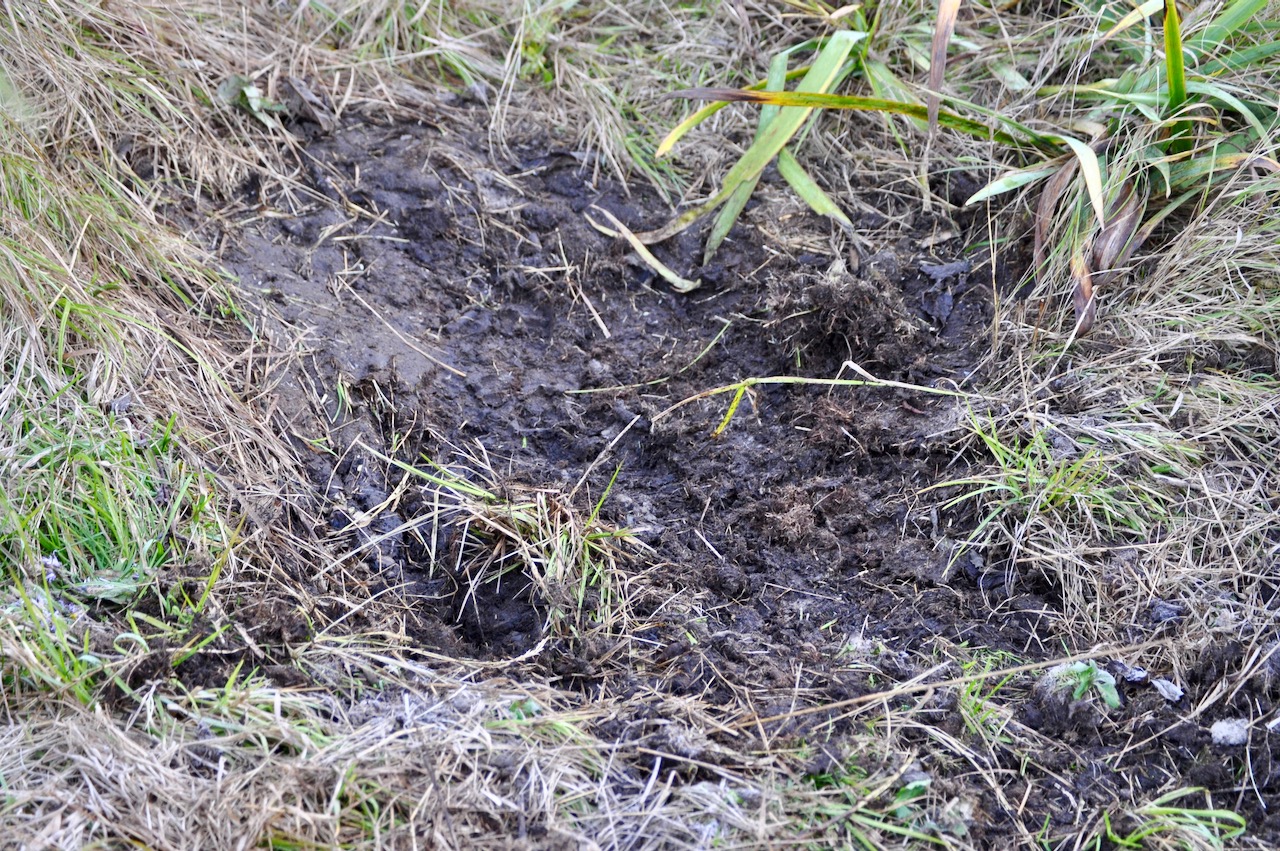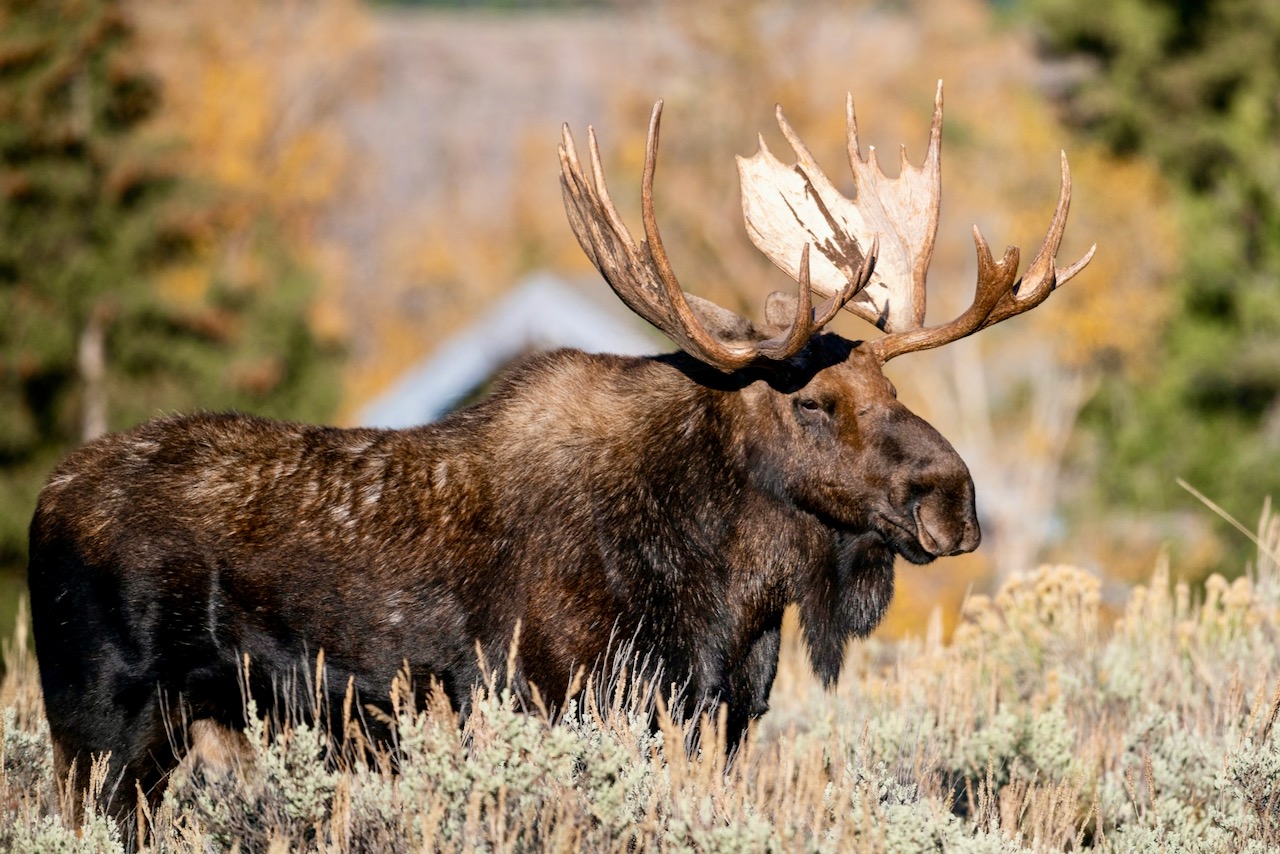MANIPULATING MOOSE
How to completely outwit a bull into thinking you’re a cow, and lure him into range
Advertisement

#1 LOCATION
To determine where to set up, start by using Google Earth’s satellite imagery to assess terrain that both attracts and deters moose. Look for geographical features that funnel movement, such as steep cliffs, whitewater rapids, expansive lakes and barren cutovers. Travel corridors are evident at narrow land crossings, such as between a chain of lakes, or a strip of forest left between two clear-cuts. Also zoom in to locate trails in marsh grass along creeks.
All final scouting must be done on foot to get a feel for the entire area. You know you’ve found a good travel corridor when there’s a variety of overlapping tracks of various ages, going in both directions. Bulls rarely eat during the rut, but cows will stake out a particular series of marshes and ponds, which they’ll slowly rotate through.
Advertisement
Prime spots are forest-fire burns and clear-cuts that have regenerated over seven to 10 years. The saplings should be high enough to provide cover, with the tips of young branches offering an ample food source. I target cubby-hole cuts, small clearings that are close to, but detached, from the main logging operation. It’s best when they’re hidden behind a backside slope, or separated by a makeshift corduroy road or complete wash-out that deters vehicle traffic.
During a false pre-rut, bulls will haphazardly dig a rut pit and rub trees to remove the velvet from their antlers. Fresh-looking leaves and white bark skin indicate recent rubbing, while orange bark and dried, crunchy leaves suggest much older rubs.
The rut itself is initiated by fewer hours of daylight and dropping temperatures, perceivable by the leaves changing colour and the first clear overnight frosts. Typically, the prime bulls will mate first, passing along the strongest genetics to the most fertile cows. This has a domino effect, allowing those cows to give birth earlier, so their calves have a longer growth period and larger body mass before facing their first winter.
Advertisement
The perfect location to find cows calling—and for hunters to replicate them—is a narrowing back bay with elevated terrain on the sides. This produces an echo chamber, with the sound waves resonating and bouncing off the water and hillsides, reaching out for many kilometres. When the conditions are calm and clear, I’ve heard calls echo three times. Note that when there are strong winds, calls cannot be heard beyond 100 metres, so moose will not vocalize. Instead, they’ll rely on encountering each other on established travel routes between food sources.
In the end, choose a calling location with the freshest tracks, thrashed brush, rubs and rut pits, then leave it undisturbed until your entire set-up is good to go.

